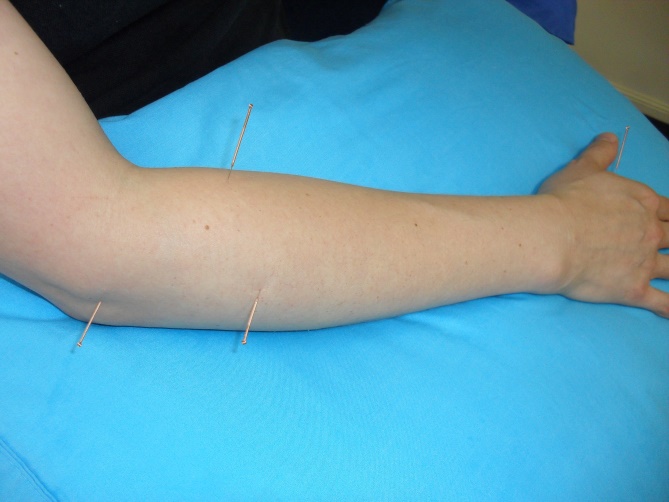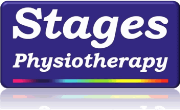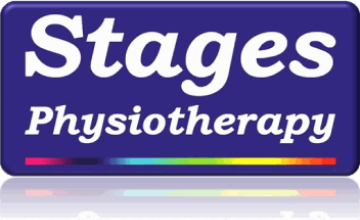Over the last 15 years physiotherapists have increasingly used Pilates as an effective form of rehabilitation.
By applying modifications to the traditional exercises founded by Joseph Pilates, physiotherapists have developed a safe form of rehabilitation to suit the needs of each patient.
Pilates promotes deep muscle activation to enhance spinal stability, strength, flexibility and balance. Programming includes the use of spring resistance equipment in house and a series of mat work exercises, which may incorporate stretch bands, balls or rollers.
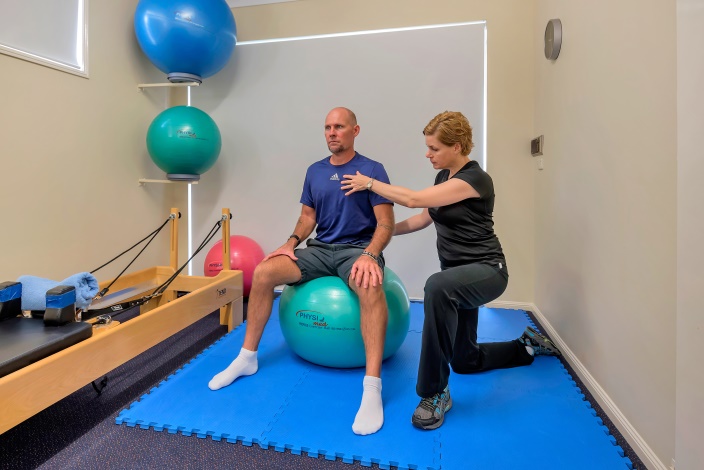
Clinical Exercise Rehabilitation
Pilates was developed in the early 20th century by a man Joseph Pilates. His original method “Contrology” has been adapted by physiotherapists and altered using safe, evidence based research techniques to provide a clinical foundation of exercises to use for patient rehabilitation.
Home exercise programs are specifically designed exercises useful for ongoing care of a patient’s condition. During the in house treatment a physiotherapist may provide home exercises to supplement treatment, resulting in a short program for long-term care
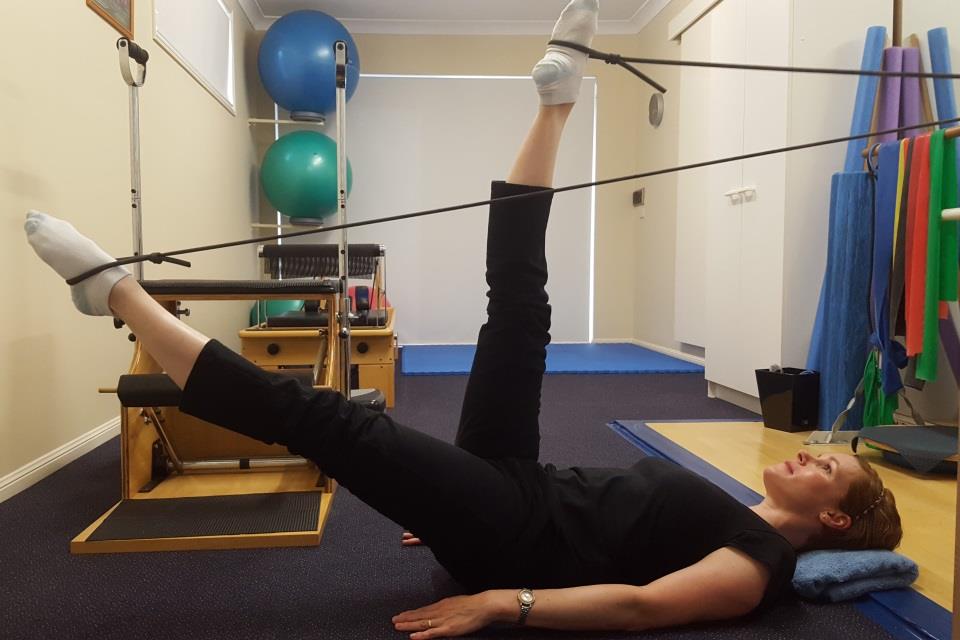
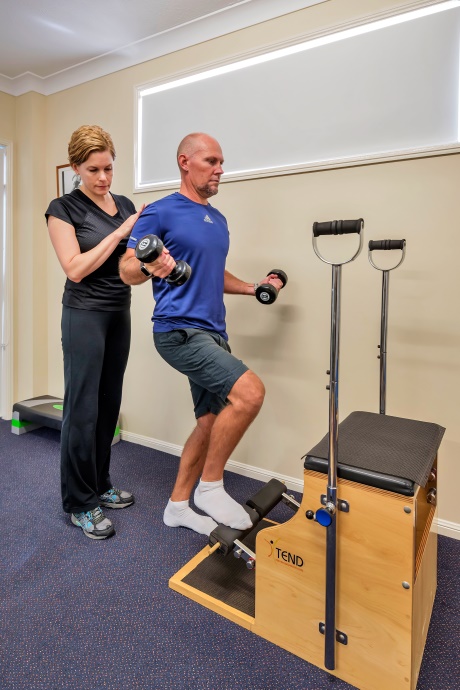
Dry Needling
Western Acupuncture uses traditional ‘meridian points’, but applies it to ‘Western’ methods of clinical analysis, relating to neurophysiology and anatomy. These points assist in relieving pain.
Dry Needling is the use of tiny needles directed to injured or dysfunctional tissue, including myofascia trigger points and the bone lining, in order to restore and/or improve function. This is done by way of stimulating the nerve fibres, releasing histamine and serotonin and creating an anti-inflammatory effect and consequently a pain relieving effect.
